Table of Contents
ToggleIntroduction – Mistakes to Avoid When Brewing Coffee At Home.
The art of brewing coffee at home is one many beginners desire to perfect. Perfection here comes with practice and experimenting. In your transition from instant coffee to brewing your coffee, there are mistakes to avoid when brewing coffee at home that I want to bring to your attention with this post.
Keep in mind that even the most passionate coffee lover can make mistakes that affect the quality of their brew. So whether you’re a novice or a seasoned home barista, understanding the common pitfalls can help you avoid them and achieve your desired cup every time.
Top 5 Mistakes to Avoid When Brewing Coffee At Home.
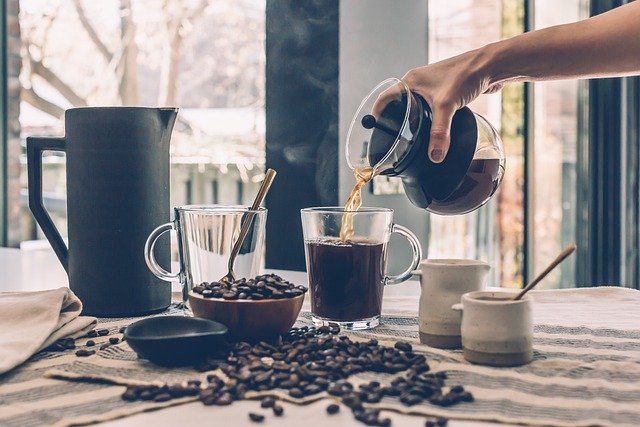
Mistake #1: Using Poor Quality Coffee Beans
The Importance of High-Quality Coffee Beans
One of the most crucial mistakes to avoid when brewing coffee at home is using poor-quality coffee beans. The quality of your coffee beans significantly impacts the flavour and aroma of your brew. Many coffee lovers overlook this and opt for cheaper beans, thinking it won’t make much difference. However, investing in high-quality beans can transform your coffee experience. I get high-quality beans from Zuma Coffee.
How to Choose the Best Coffee Beans
To ensure you’re using the best coffee beans:
Look for Freshness: Check the roast date on the packaging. Freshly roasted beans (within the last two weeks) offer the best flavour. Stale beans can result in a flat, lifeless brew that lacks vibrant notes.
Consider the Origin: Beans from reputable coffee-growing regions are often of higher quality. Single-origin beans can provide a unique and consistent flavour profile.
Smell the Beans: High-quality beans should have a strong, pleasant aroma. A lack of aroma can indicate old or poorly processed beans. Trust your nose—if the beans smell off, they probably are.

Mistake #2: Incorrect Coffee-to-Water Ratio
Why the Coffee-to-Water Ratio Matters
Another common mistake to avoid when brewing coffee at home is using an incorrect coffee-to-water ratio. This ratio determines the strength and flavour of your coffee. Too much coffee can result in a bitter, over-extracted brew, while too little coffee can lead to a weak, under-extracted cup.
Finding the Perfect Coffee-to-Water Ratio
To achieve the perfect balance:
Use a Scale: Measure your coffee and water by weight for accuracy. A common starting point is a 1:16 ratio (1 gram of coffee to 16 grams of water). Using a scale ensures consistency and helps you dial in your preferred strength.
Adjust to Taste: Experiment with slight adjustments to find the ratio that suits your taste preferences. Some prefer a stronger brew with a 1:15 ratio, while others might enjoy a milder coffee at 1:17. Don’t be afraid to tweak until you find your sweet spot.
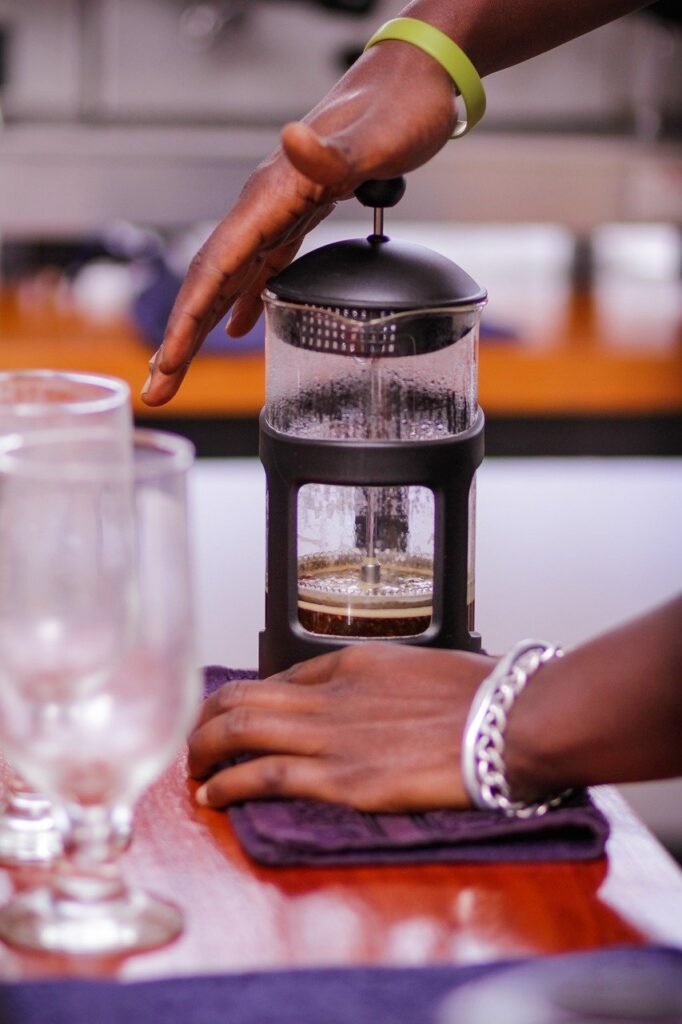
Mistake #3: Incorrect Grind Size
The Impact of Grind Size on Your Brew
The grind size affects the extraction rate of the coffee. If the grind is too coarse, the water will flow through too quickly, resulting in under-extraction. Conversely, if the grind is too fine, the water will take too long to pass through, causing over-extraction.
Choosing the Right Grind Size
Here’s a guide to choosing the right grind size for different brewing methods:
French Press: Coarse grind. The larger particles allow longer steeping time, producing a rich and robust flavour.
Drip Coffee Maker: Medium grind. This size allows for optimal extraction time, balancing flavour and strength.
Espresso Machine: Fine grind. The quick extraction requires a fine grind to ensure the coffee is adequately saturated.
Pour Over: Medium-fine grind. This size provides the right balance for the slower, controlled pour-over process.
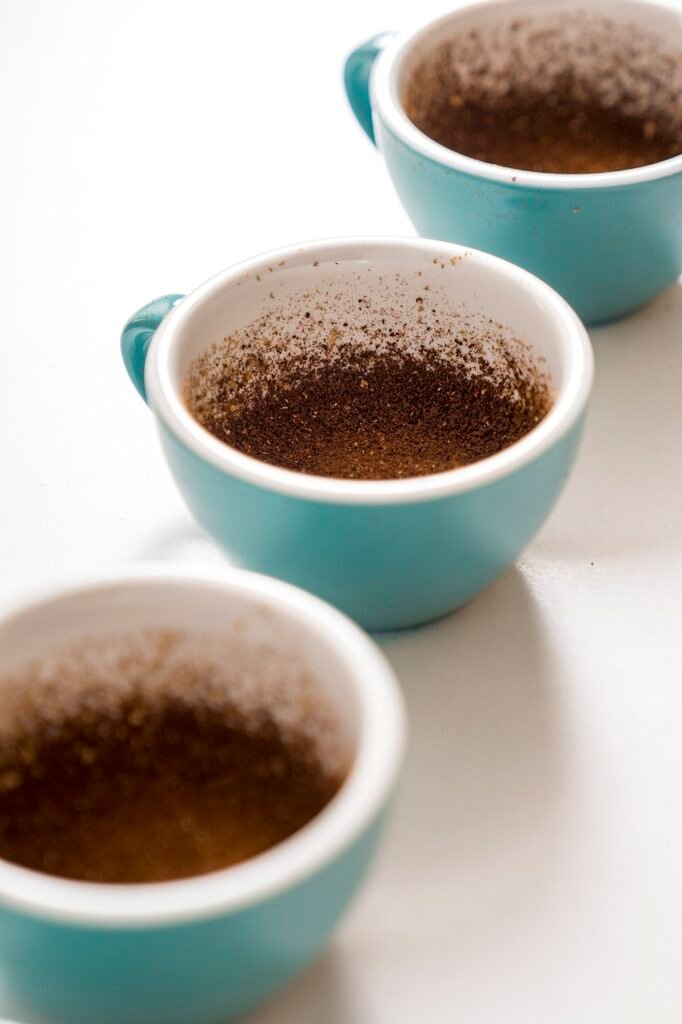
Mistake #4: Using Water That’s Too Hot or Too Cold
The Role of Water Temperature in Brewing Coffee
Water temperature is an important factor in coffee brewing that many home brewers don’t consider. Using too hot water can scorch the coffee grounds, leading to a burnt, bitter taste. On the other hand, using too cold water can result in under-extraction, producing a flat, weak coffee.
Achieving the Optimal Water Temperature
To brew the perfect cup of coffee:
Ideal Temperature: Aim for a water temperature between 195°F and 205°F (90°C to 96°C). This range is optimal for extracting the coffee’s flavours without burning the grounds.
Use a Thermometer: If your coffee maker doesn’t have a built-in temperature control, use a kitchen thermometer to ensure your water is within the ideal range. Alternatively, bring the water to a boil and let it sit for 30 seconds before brewing.
Filtered Water: Using filtered water can also enhance the taste of your coffee, as it removes impurities that can affect the flavour.
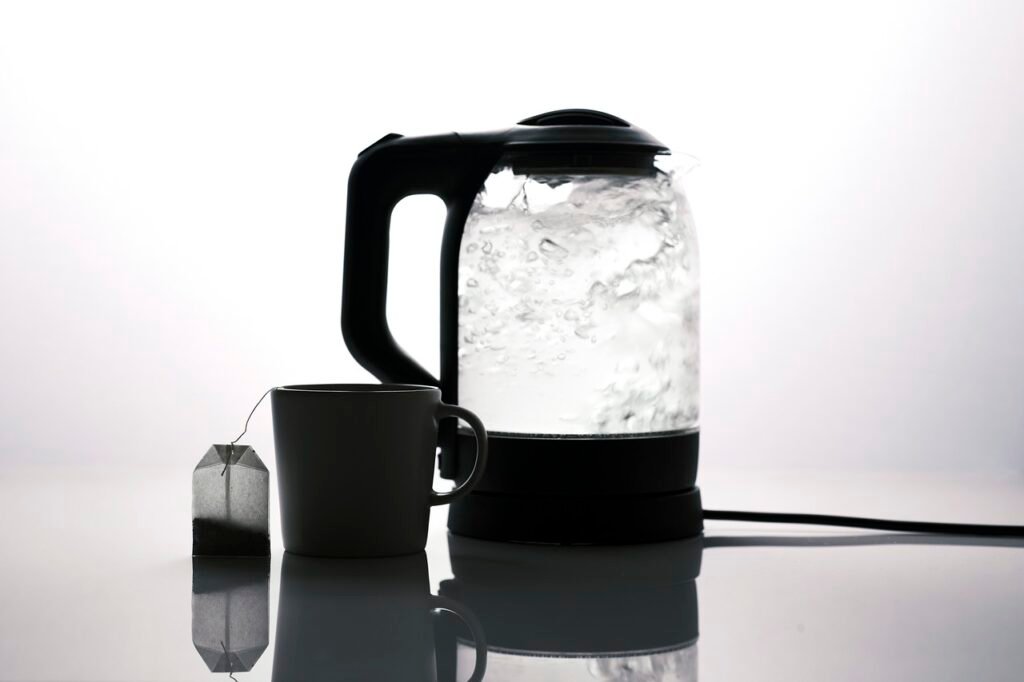
Mistake #5: Not Cleaning Your Coffee Equipment Regularly
The Importance of Clean Coffee Equipment
One big mistake to avoid when brewing coffee at home is not cleaning your coffee equipment regularly. Coffee oils and residue can build up in your coffee maker, grinder, and other tools, affecting the flavour of your brew. Dirty equipment can also harbour bacteria and mould, which can cause health risks.
Tips for Keeping Your Coffee Equipment Clean
To maintain clean and efficient coffee equipment:
Daily Cleaning: Rinse your coffee maker and tools with hot water after every use to remove coffee residue. A quick rinse prevents the buildup of oils and grounds that can turn rancid.
Weekly Cleaning: Use a mild detergent or coffee machine cleaner to thoroughly clean your equipment once a week. Pay attention to the parts that come into contact with coffee grounds and water.
Descale Monthly: If you use a drip coffee maker, descale it monthly to remove mineral buildup from water. Use a descaling solution or a mixture of water and vinegar.
You can buy coffee equipment here.
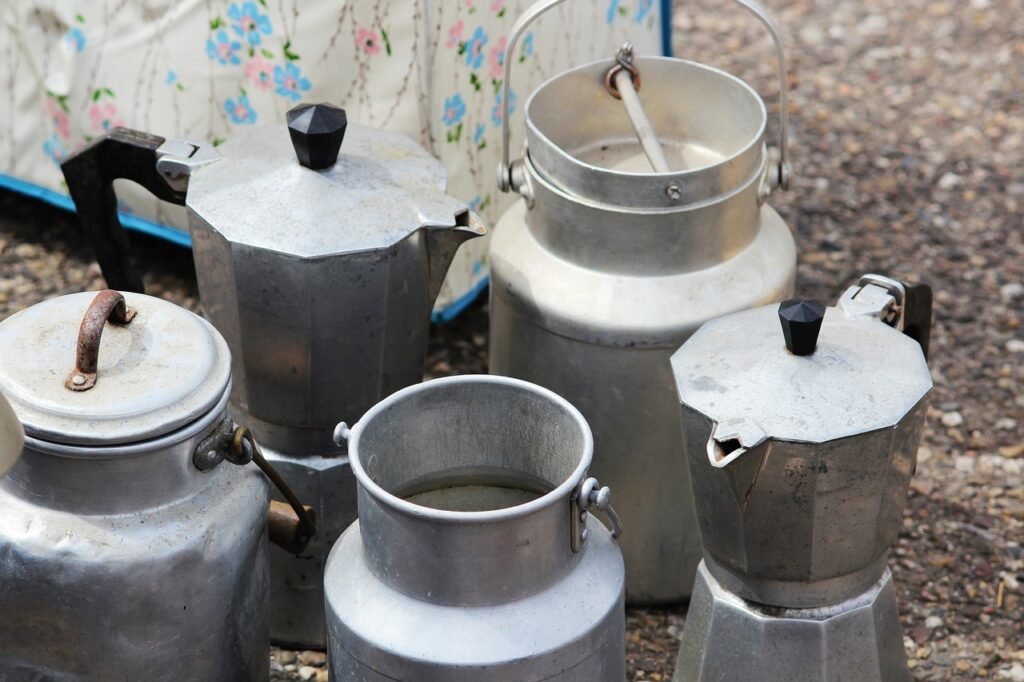
Conclusion
Brewing coffee at home can be a rewarding experience, but avoiding these common mistakes is essential to perfecting your brew. By using high-quality coffee beans, maintaining the correct coffee-to-water ratio, choosing the right grind size, using water at the right temperature, and keeping your equipment clean, you’ll be mastering the best way to ensure delicious coffee at home, every time.
Remember, becoming a skilled home barista involves patience, practice, experimenting and more practice. Keep experimenting and refining your technique, and soon you’ll be brewing coffee that rivals your favourite café.
By focusing on these top 5 mistakes to avoid when brewing coffee at home, you’ll enhance your coffee brewing skills and enjoy a consistently excellent cup, every time. Whether you’re in Nigeria or anywhere else in the world, these tips will help you build a strong coffee culture right in your own kitchen.
Cheers to many perfect cups ahead!
See more common mistakes of making coffee at home.

esewalter
Mom | Yoga Teacher | Coffee Blogger | Legal Mind. I explore coffee's journey from farm to cup and especially how you can start your home brewing journey.


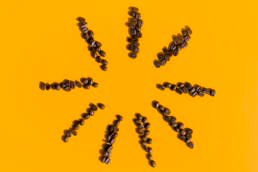


[…] https://zuma-coffee.com/mistakes-to-avoid-when-brewing-coffee-at-home/ […]